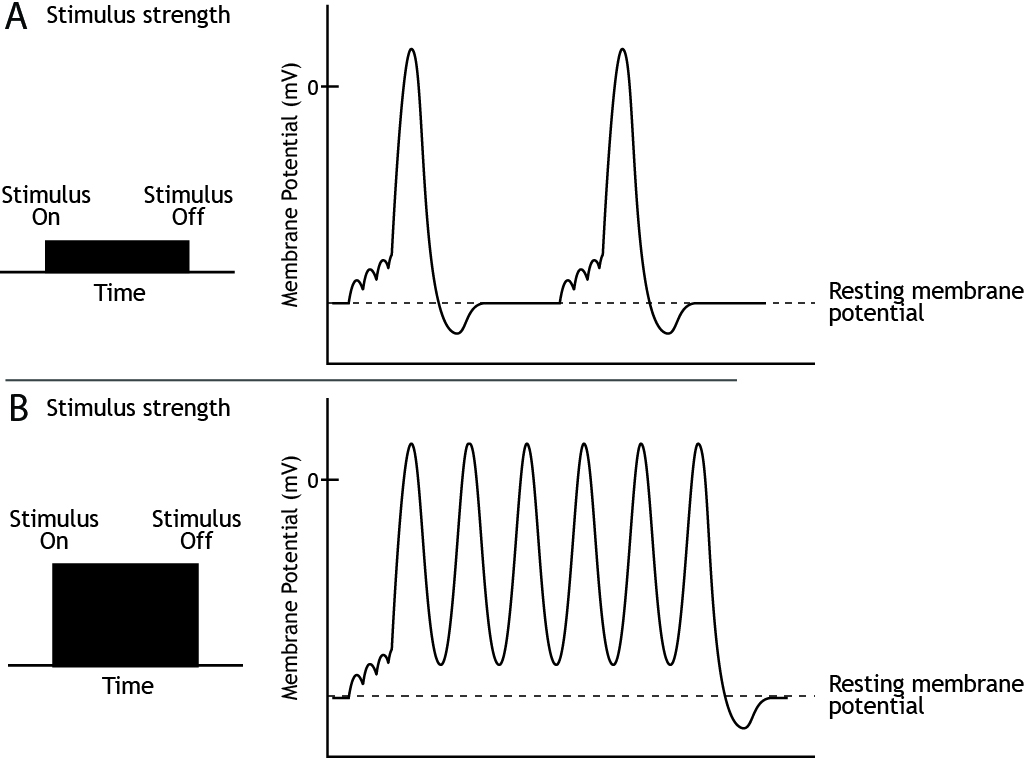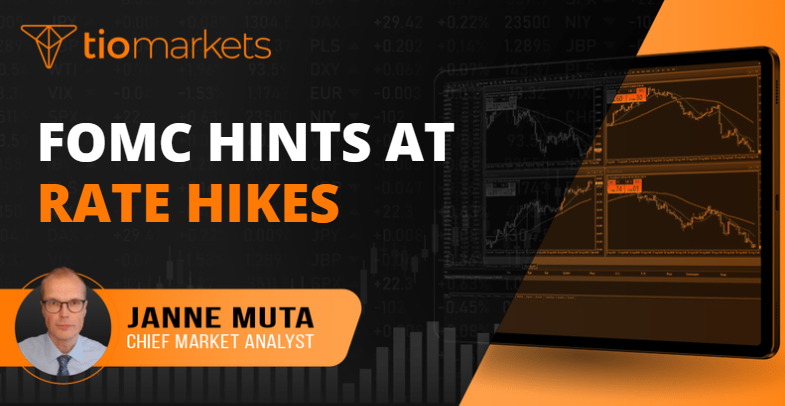
dollar means that foreign currencies are correspondingly weak. How Do Exchange Rate Movements Affect Each Group? Exchange rate movements affect exporters, tourists, and international investors in different ways.įor a U.S. investors (either foreign direct investment or portfolio investment) considering opportunities in other countries (6) and foreign investors considering opportunities in the U.S. tourists abroad (4) foreign tourists visiting the United States (5) U.S. exporters selling abroad (2) foreign exporters (that is, firms selling imports in the U.S. dollar on six different groups of economic actors, as shown in Figure 15.4: (1) U.S. Consider, for example, the impact of a stronger U.S.

In the case of exchange rates, where the buyers and sellers are not always intuitively obvious, it is useful to trace through how different participants in the market will be affected by a stronger or weaker currency.

With the price of a typical good or service, it is clear that higher prices benefit sellers and hurt buyers, while lower prices benefit buyers and hurt sellers. dollar measured in Canadian dollars, shown in Figure 15.3 (a), is a perfect mirror image with the exchange rate of the Canadian dollar measured in U.S. Figure 15.3 (b) shows the exchange rate for the Canadian dollar, measured in terms of U.S. In looking at the exchange rate between two currencies, the appreciation or strengthening of one currency must mean the depreciation or weakening of the other. The values in (a) are a mirror image of (b) that is, any appreciation of one currency must mean depreciation of the other currency, and vice versa. Exchange rates move up and down substantially, even between close neighbors like the United States and Canada. But exchange rates always measure the price of one unit of currency by using a different currency.įigure 15.3. dollar is being measured using a different currency-the Canadian dollar. The units in which exchange rates are measured can be confusing, because the exchange rate of the U.S. dollar appreciated or strengthened to $1.39 Canadian in 1986, depreciated or weakened to $1.15 Canadian in 1991, and then appreciated or strengthened to $1.60 Canadian by early in 2002, fell to roughly $1.20 Canadian in 2009, and then had a sharp spike up and decline in 20.

dollar traded for $1.17 Canadian in 1980. Clearly, exchange rates can move up and down substantially. currency, measured in terms of Canadian currency. The vertical axis in Figure 15.3 (a) shows the price of $1 in U.S. dollar and the Canadian dollar since 1980, shown in Figure 15.3 (a). To illustrate the use of these terms, consider the exchange rate between the U.S. When the exchange rate for a currency rises, so that the currency exchanges for more of other currencies, it is referred to as appreciating or “strengthening.” When the exchange rate for a currency falls, so that a currency trades for less of other currencies, it is referred to as depreciating or “weakening.” When the prices of most goods and services change, the price is said to “rise” or “fall.” For exchange rates, the terminology is different.


 0 kommentar(er)
0 kommentar(er)
